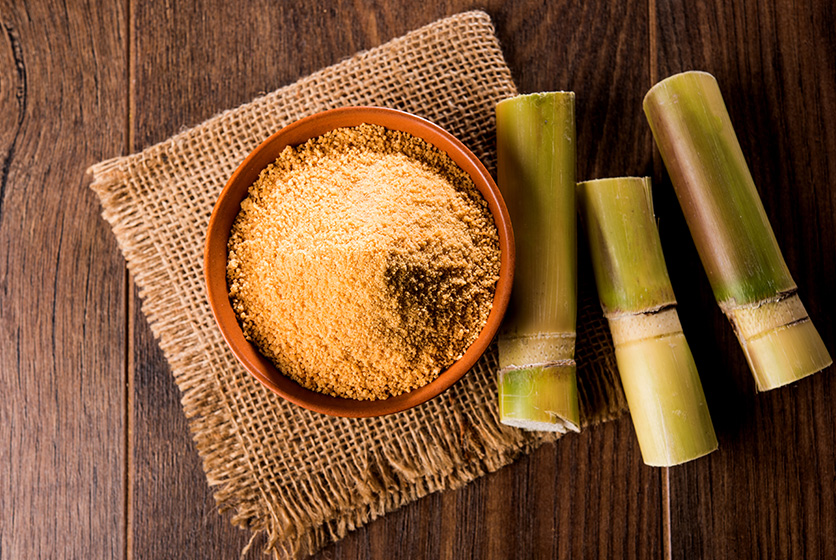Sugar and India
The Indian sugar industry can be traced back to the year 1903. This was when sugar mills in India formally started with the very first mill in Pratappur, Deoria district, Uttar Pradesh. Today, this state continues to be at the top of the list when it comes to sugar mills, and sugar production in India. Sugarcane is one of the major crops of India and it has massive status in India thanks to the work of agriculturists like Dr.Janaki Ammal.
Given the importance of sugar as an industry in India, it makes sense to find out more.
Sugar industry of India
India’s status in the sugar map of the world is driven by many factors, including the sugar exports from India. Globally, India ranks second by producing 22% of the world’s sugarcane. After Maharashtra, the following states are the biggest contributors to India's sugar production:
-
Uttar Pradesh
-
Karnataka
-
Tamil Nadu and
-
Bihar
Maharashtra produced 73.8 lakh tonnes in October-January of 2022-23. Uttar Pradesh touched the figure of 50.3 lakh tonnes. India also exported 110 lakh metric tonnes of sugar during 2022-23.
Organisations like Indian Sugar Mills Association (ISMA), and the National Sugar Institute; to name a few; are doing a lot of work when it comes to sugar and India. It is also noteworthy that India has assumed the leadership of the International Sugar Organisation for the year 2024. Given that India has a share of around 20% of global production, and 15% in global consumption, this role of international chairmanship does stand to logic!

Production
In March 2024, ISMA revised the estimated production of sugar upwards by almost 3%. The projected amount, accordingly, went from 330.5 lakh tonnes to 340 lakh tonnes. This increased estimate was mainly due to the increase in cane yields in states like Karnataka, and Maharashtra.
The sugar industry in our country is also one of the main stays of rural economy and this is because of quite a few factors like:
-
50 million farmers working in sugarcane cultivation
-
5 million hectares devoted to sugarcane cultivation
-
330 lakh tonnes of sugar being produced accounting for ethanol production
Many sugar mills have been around for decades too. For instance, Dhampur Sugar Mills was established in 1933, Bajaj Hindusthan Sugar in 1931, and E.I.D Parry India has been around for 225 years or so. Apart from producing sugar, the sugar mills of India have helped in real estate development and gave employment opportunities to local communities too. Inevitably, logistics and other infrastructure facilities develop around the locations of sugar mills too. The sugar industry also contributes to green energy, and provides raw materials for the food, chemical, and paper industries.
1930 was the year when modern sugar manufacturing started in India and after the introduction of tariff protection, the number of sugar mills in the country boomed from 30 to 130. During 1930-31. Sugar mills produce sugar, of course, but they also produce jaggery, and khandsari; unrefined raw sugar; too.
So, isn’t it safe to say that sugar makes the economy sweeter!
#InterestingInfo
-
The word ‘sugar’ has been derived from the Sanskrit word śarkarā
-
During the Middle Ages, sugar was known as a spice and was unbelievably expensive too.



